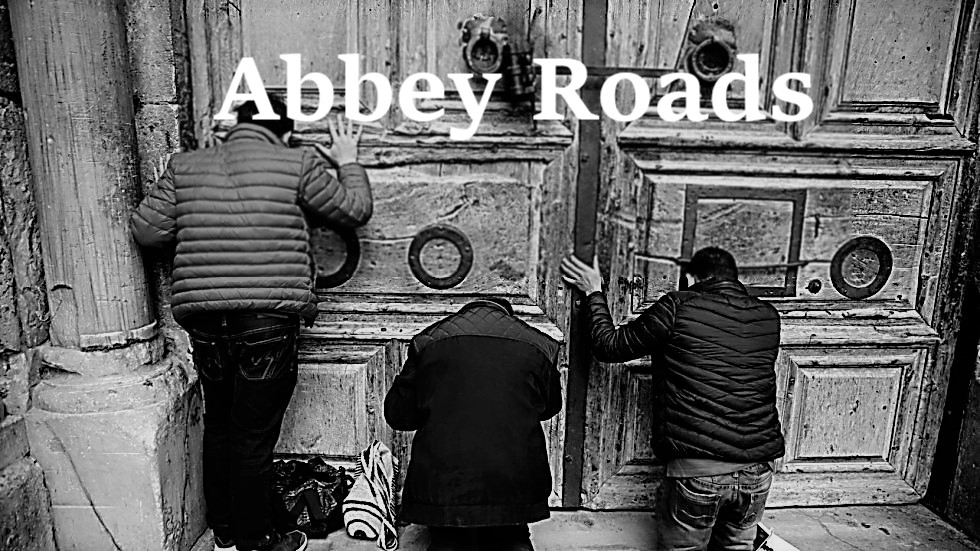
Just repent!
People with same sex attraction or homosexual tendencies, even those who consider themselves gay are indeed welcome in the Roman Catholic Church. The Church proclaims Christ's message in the Gospel to all persons; "The kingdom of Heaven is at hand. Repent! And believe in the Gospel!" The Church calls all to repentance and reconciliation. People with homosexual orientation are called to repentance as are all members of the Church. Communion is given to all of those who have converted and returned to Christ through the Sacrament of Penance. Christ calls us to deny our very selves, take up our cross and follow Him. He calls us to change, to reform our lives - we may not and can not demand that He change or that the Church change or that Church teaching should change. Truth is immutable.
For those who are unfamiliar with the "Sashers" - presented here is their statement on their 'core values' taken from the Dignity website: [http://www.dignitytwincities.org/}
Mission statement of the Rainbow Sash movement:
"Our Core Statement -
1)In wearing the Rainbow Sash we proclaim that we are lesbian, gay, bisexual, and transgender people who embrace and celebrate our sexuality as a sacred gift.
2)In wearing the Rainbow Sash we call the Roman Catholic Church:
to honor our wisdom and experience;
to enter into public dialogue with us;
to work with us for justice and understanding.
Together, let us seek a new appreciation of human sexuality in all of its diversity and beauty.
Our Core Action
The movement's core action, or ritual expression, involves the symbol of the Rainbow Sash. The sash is a strip of rainbow colored fabric which we wear over our left shoulders when we attend the celebration of the Eucharist. Carrying this symbol, we publicly claim our place at Christ's table, sacramentally expressing the truth of our lives, and calling the Church to embrace a new day of integrity and freedom.
The movement began on Pentecost Sunday, 1998, at St. Patrick's Cathedral in Melbourne, Australia, when a group of seventy people attended Mass wearing the Rainbow Sash. Hence, Pentecost Sunday each year is the primary day when members of the movement don the Rainbow Sash and present themselves in their local cathedrals to celebrate the Eucharist with their fellow Catholics. Their presence at the cathedral is preceded by a letter to the local bishop explaining what the sash means, and informing the bishop of when and where they will be present."
It should be noted that it is not God's gift to a person to either be gay, lesbian, bi-sexual, or trans-gender. The mystics have certainly seen suffering as a grace or gift from God in so far as it contributes to the sanctification of the person. Therefore the mortification inherent in suffering from an "objective disorder" could indeed be redemptive in proportion to the person's efforts to overcome these tendencies by grace, personal effort, and with the help of prayer and the sacramental life of the Church. In this respect one may consider it a "gift" on the pre-condition that the person has repented of any sin committed in acting out sexually. If one reflects upon the verse from the Easter "Exultet!"; "O happy fault, O necessary sin of Adam, that gained for us a Savior!" Then one may understand that God draws good, even from sin as it were - after our repentance.



